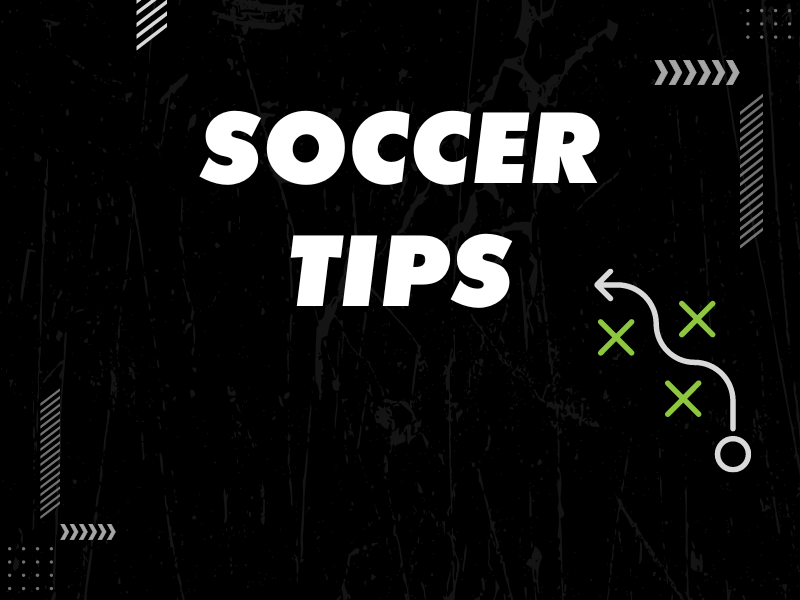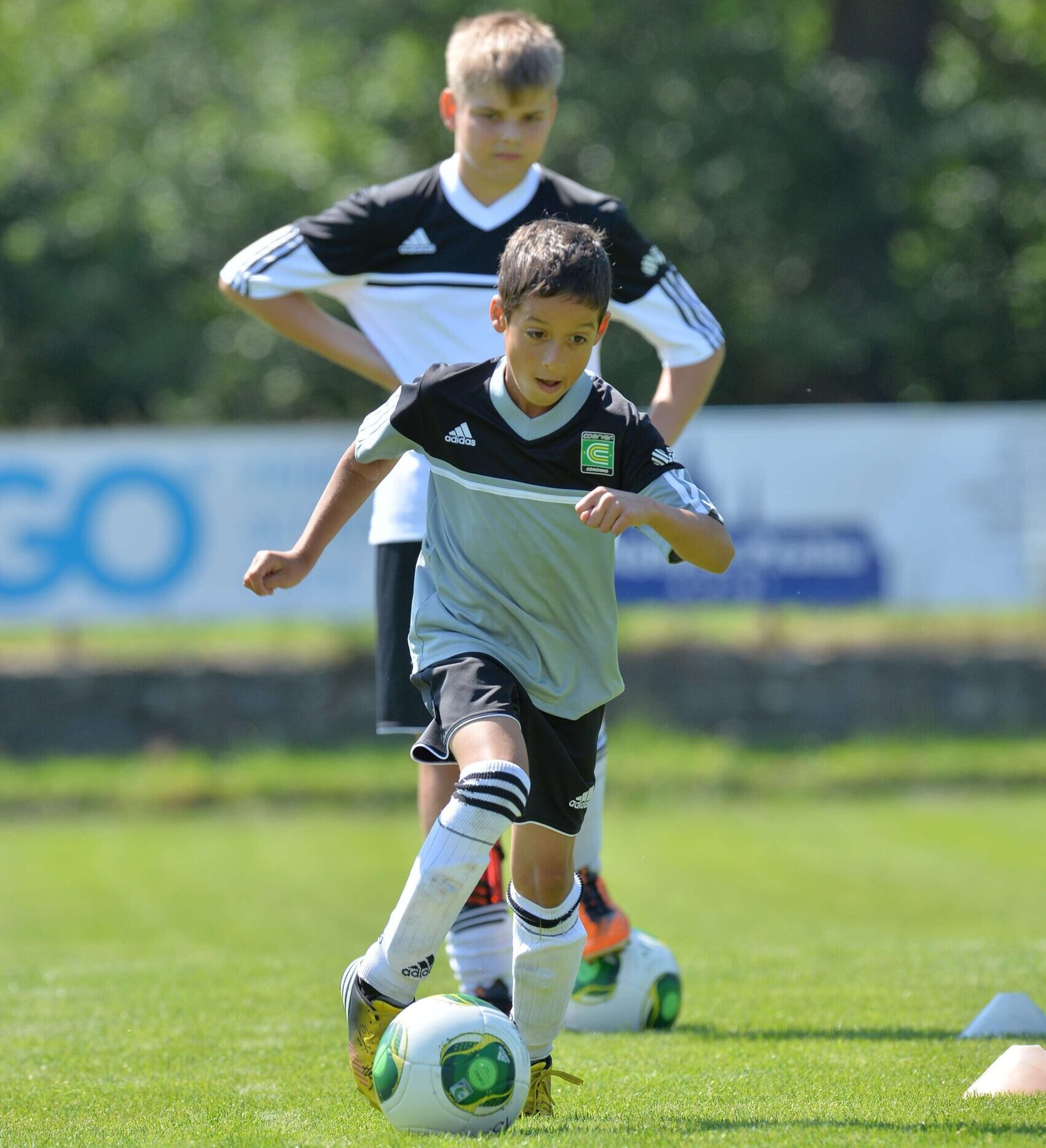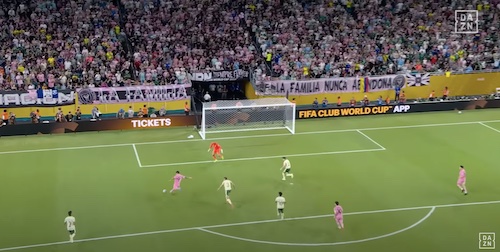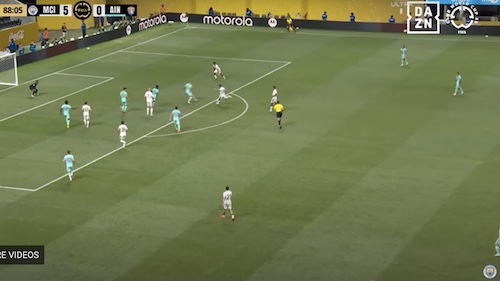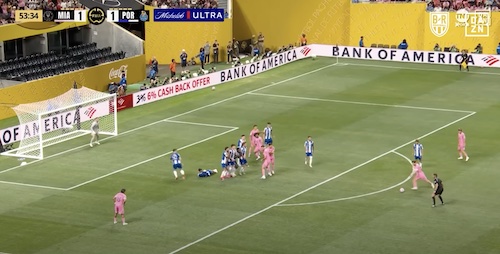| By Michael Shanks
How do you develop and maintain a soccer mentality that leads to success? How do you get in that zone where you’re just playing soccer and not really even thinking? How to you play soccer while under pressure at the highest level? And usually that pressure is put on yourself, and not from the outside. Don’t forget the joy of soccer and why you play the game. Let’s learn more about the soccer mentality. The ideal soccer player would completely separate himself from his egotistical self and personality, and simply push his body to its utmost limits. Achieving such a goal will never be possible for us to achieve, so people train and strive for achieving a state very close to that ideal. Interestingly, robot engineers and scientists claim that robots will be able to ‘’’beat’’’ the world cup champions by the year 2050. Personally, I find such a claim to be very scary and daunting: the day when robots beat humans in our most cherished art form (see art form). However, we will never be robots, so we can only hope to train our minds to act strikingly like one (while not sacrificing our creativity), in the effort to put 100% of our focus into the game, and the game alone. When we distance ourselves from our personal thoughts, we can focus our entire mind on the task at hand. Doing so is often times referred to as being in “the zone”. One enters a state of Zen-like meditation in which mood, distraction and other stressors simply have no place in the consciousness. You are free to execute soccer skills just as you have trained to execute them. Like I mentioned, when I began playing soccer with players at new levels of soccer skill that I had not previously seen, I played being very conscious of my every action. I had a fear of failing, and a fear of making the wrong decision, which debilitated me in many ways. One can’t play well if you’re worried about messing up. Essentially, what it boiled down to was being self-conscious on the soccer field. I lost my edge, because every movement was thought out within the analytical brain, as opposed to the instinctual and reflexive brain that I have trained over the years. I also did not take chances on the field, causing me to play very conservatively. How do you find “the zone”, and how to train as a soccer player to reach it. Start with positive thinking: Negative thoughts can get in the way of concentration and confidence. Mantras such as “Don’t miss this shot” or “Don’t lose the ball” may only cause you to do the exact thing you were trying to avoid. Instead, remind yourself that you can do it. Repeat positive phrases to yourself as you play. If you make an error, consider it a simple reminder that your focus is off. Concentrate on what you’re doing right and the changes you can make to improve your performance on the soccer field. Extra: For soccer coaches, it’s interesting that when you put rules in place during practice, say you can only use two touches, it can constrict how the player plays when the rules are removed – the players are always thinking about playing two touch soccer and not using one more touch and mess up. So while it crucial to get your players to play one and two touch soccer, there’s a balance somewhere there where you don’t want your players to be afraid to make a mistake. It’s something to consider, implement rules but also make sure your players are comfortable making errors. Keep Great Body Language Training the mind is one of the most important things in football (soccer) and is often neglected. Dan Abrahams give us 5 tips to train our minds to improve our all round game. This might seem too simplistic, how keeping your head up and having good body language can help you play better soccer, but it’s a good step in the right direction overall. The central idea is to maintain confidence in yourself and know that even if you make a mistake you don’t lose faith in your skills and soccer ability and continue to work hard and make up for any mistakes you’ve made. Read more about the beautiful game at the pages below: |
Soccer Mentality that Makes or Breaks
